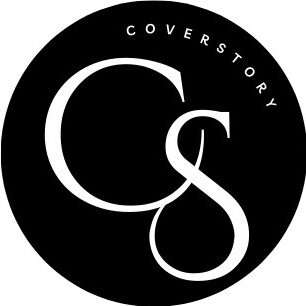Why Packaging Design is Key to Product Success
The Importance of First Impressions In the world of consumer goods, packaging is often the first point of contact between your product and potential buyers. A well-designed package has an immediate impact, conveying quality, value, and purpose. Research from various sources suggests that up to 70% of purchasing decisions are made at the shelf This statistic highlights the critical role packaging plays in attracting consumers and encouraging them to choose your product over competitors.
Consider your personal experiences when shopping. How often have you picked a product based solely on its packaging? Maybe it was a vibrant color that caught your eye, an elegant design that felt sophisticated, or a friendly brand image that made you smile. These small, seemingly trivial details can have massive implications for a company’s sales and market presence.
Understanding Your Audience
To create effective packaging, businesses first need to understand their target demographics. Knowing who you are selling to will shape every aspect of your packaging design. This includes choosing colors, materials, and messaging that resonate with your audience.
For instance, if you’re targeting younger consumers, bright colors and playful designs may be more appealing. On the other hand, if you’re aiming for an upscale market, more muted tones and minimalist designs might be the way to go. Conducting market research or using surveys can provide invaluable insights into what your audience values most in product packaging.
An Example of Targeted Design
Take a look at the packaging for health products aimed at millennials. Brands often opt for eco-friendly materials and bold typography, which not only reflects their commitment to sustainability but also appeals directly to a conscious consumer base. This thoughtful design choice paves the way for more meaningful connections between the brand and its consumers.
Packaging as a Branding Tool
Beyond its practical function, packaging serves as a branding tool. It not only protects the product inside but also conveys the brand’s identity and values. Effective packaging design ensures that consumers will recognize your brand on the shelves, fostering familiarity and loyalty.
Cohesion in Design
Your packaging should match your overall branding strategy. This means consistent colors, fonts, and messaging across all products. Cohesion between product lines reinforces brand recognition. For example, Coca-Cola emphasizes its signature red color and logo on all its products, allowing consumers to easily identify the brand in any setting.
Functional and Practical Considerations
While aesthetics are essential, functionality shouldn’t be overlooked. Packaging must appropriately preserve the product’s integrity, ensuring it reaches the consumer in prime condition. Poorly designed packaging can lead to damaged goods, resulting in lost sales and dissatisfied customers.
The Balance of Design and Function
Consider a small cosmetic company that uses beautiful glass containers for its creams. While this may present a luxurious image, if the jars are not designed to be airtight, the products can spoil quickly. Finding the right balance between appealing design and practical utility is vital for long-term success.
The Impact on the Environment
In today’s market, sustainability is more than just a buzzword; it’s a consumer demand. When businesses choose eco-friendly packaging solutions, they not only appeal to environmentally conscious buyers but also contribute to a larger cause.
Making Sustainable Choices
Brands like Unilever have taken significant steps toward sustainable packaging by reducing plastic usage and sourcing materials responsibly. If your business invests in eco-friendly packaging, not only might you reduce costs as materials become more efficient, but you’ll also attract a base of consumers who prioritize ethical brands.
The Final Touch: Personalization
In the age of personalization, customers are looking for more than just a product—they want to feel a connection. Custom packaging that can be tailored to the individual consumer can create a memorable experience.
Turning Unboxing into an Event
Think about the excitement surrounding unboxing videos on platforms like YouTube. Companies like Apple excel at this; their packaging is designed to enhance the experience. From the moment you hold the box to the final reveal of the product, the entire process is pleasurable and personal. Implementing such strategies can turn a simple purchase into a delightful memory, encouraging consumer loyalty.
Conclusion
In summary, the role of packaging in product success cannot be overstated. It acts as a first impression, a reflection of brand identity, a functional protector of goods, a measure of sustainability, and a means of personalization. All these aspects work together to influence consumer behavior and drive sales.
Investing in effective packaging design is not just a design choice; it’s a strategic business decision that can fuel your growth and success in a competitive market. Let’s explore how we can help your business achieve its potential with outstanding packaging solutions.
